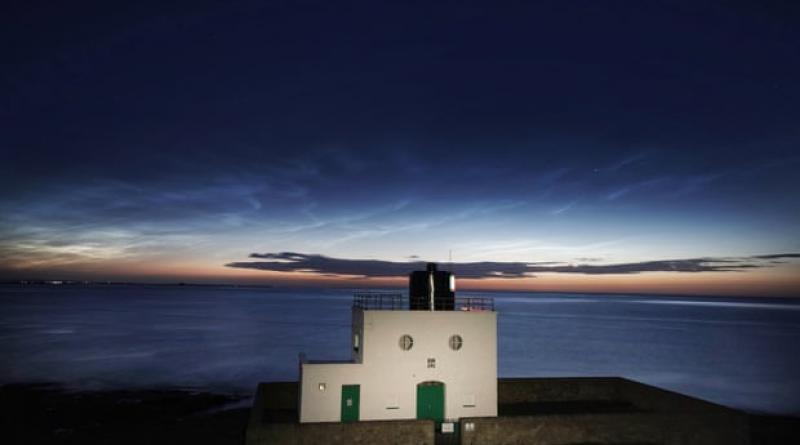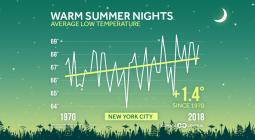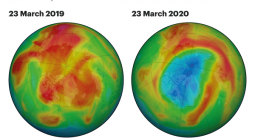Rare night clouds may be warning sign of climate crisis.

Noctilucent clouds, on the edge of the atmosphere, are increasingly seen outside of polar regions.
Something magical appeared at night over London and other parts of Britain on 21 June: ripples of electric blue clouds shimmered in the twilight sky after sunset. These were noctilucent clouds, the highest clouds in the world, more than 80km (50 miles) up on the edge of space, and looked like something from another planet.
Noctilucent clouds form in the mesosphere, the rarefied upper atmosphere with little moisture and intensely low temperatures. The scant water vapour there can freeze on to specks of smoke from meteors burning up in the atmosphere, creating the crystals that form noctilucent clouds. The mesosphere is coldest in summer, allowing the crystals to form.
These clouds may also be a warning sign of the climate crisis. They were first recorded in 1885 and were rarely seen for years afterwards, largely in polar regions. But in recent times the clouds have appeared much further afield and are growing much brighter.
Much of the moisture needed to form the clouds comes from methane, a potent greenhouse gas that produces water vapour when it breaks down in the upper atmosphere. And as methane pollution has increased, so noctilucent clouds have grown more common and more widespread.
6 July 2020
The Guardian




